Acta Scientific Ophthalmology (ASOP)
Research Article Volume 3 Issue 5
Meera Mohanakumar1, Radha Annamalai2*, Shriraam Mahadevan3 and M Muthayya2
1Post Graduate Resident, Department of Ophthalmology, Sri Ramachandra
Institute of Higher Education and Research, Chennai, India
2Professor of Ophthalmology, Department of Ophthalmology, Sri Ramachandra
Institute of Higher Education and Research, Chennai, India
3Professor of Endocrinology, Department of Endocrinology, Sri Ramachandra
Institute of Higher Education and Research, Chennai, India
*Corresponding Author: Radha Annamalai, Professor of Ophthalmology, Department of Ophthalmology, Sri Ramachandra Institute of Higher Education and Research, Chennai, India.
Received: March 07, 2020; Published: April 30, 2020
Abstract
Purpose: To determine the spectrum of ocular manifestations of vitamin-D deficiency/insufficiency, its effects on vision and the levels at which they occur.
Materials and Methods: A prospective study done in concurrence with the department of endocrinology over a period of 1 year on 150 patients who had been referred to the ophthalmology clinic for screening and treatment of ocular complaints.
Results: Dry eye disease(DED) was found in 102 patients (78%), followed by glaucoma in 33 (27%) patients, diabetic retinopathy in 30 (22%), myopia as the common refractive error in 25 patients (16.7%), hypertensive retinopathy in 13 out of 150 (8.7%) and age related macular degeneration(ARMD) in 6 patients (4%).
Among the various ocular features, keratoconjunctivitis sicca was the most common manifestation across all age groups with vitamin-D deficiency; followed by glaucoma.
In those with dry eye, decreased TBUT occurred in 30 patients and decreased Schirmer’s in 72 patients. This was found to be statistically significant with a p-value of 0.381. Among those with glaucoma, 4 (2.7%) were disc suspects, 2 (1.3%) had primary angle closure and 13 (8.3%) patients had primary open angle glaucoma and 11 had ocular hypertension. The incidence of glaucoma was higher in women with deficiency and this was found to be statistically significant with p = 0.03. Myopia in 16.7% and diabetic retinopathy in 22% were other features. Visual loss and visual field defects occurred predominantly in patients with glaucoma due to optic nerve head changes.
Conclusion: Vitamin-D levels and genetic variations influence the development of a wide range of ocular pathologies, such as myopia, age-related macular degeneration, diabetic retinopathy, glaucoma and uveitis with its anti-angiogenic, anti-inflammatory and anti-fibrotic properties. Many tissues in the eye activate and respond to vitamin-D, suggesting that vitamin-D is a biologically relevant entity to study throughout the eye.
Keywords: 25-Hydroxy Vitamin-D3; Intraocular Pressure; Tear Breakup Time; Dry Eye Disease; Glaucoma
References
- Albert DM., et al. “Calcitriol is a potent inhibitor of retinal neovascularization”. Investigative Ophthalmology and Visual Science 5 (2007): 2327-2334.
- Reins RY., et al. “Vitamin D: Implications for ocular disease and therapeutic potential”. Experimental Eye Research 134 (2015): 101-110.
- Johnson JA., et al. “Immuno-localization of the calcitriol receptor, calbinclin-D28k and the plasma membrane calcium pump in the human eye”. Current Eye Research 2 (1995): 101-108.
- Alsalem JA., et al. “Characterization of vitamin d production by human ocular barrier cells”. Investigative Ophthalmology and Visual Science 55 (2014): 2140-2147.
- Yin Z., et al. “Vitamin D enhances corneal epithelial barrier function”. Investigative Ophthalmology and Visual Science 52 (2011): 7359-7364.
- Maya Salomon-Ben Zeev., et al. “Diagnosis of dry eye disease and emerging technologies”. Clinical Ophthalmology 8 (2014): 581-590.
- Marc Pellegrini., et al. “Assessment of Corneal Fluorescein Staining in Different Dry Eye Subtypes Using Digital Image Analysis”. Translational Vision Science and Technology 6 (2019): 34.
- Gupta V., et al. “Clinics of ocular tuberculosis”. Ocular Immunology and Inflammation 1 (2015): 14-24.
- James G Fujimoto., et al. “Optical Coherence Tomography: An Emerging Technology for Biomedical Imaging and Optical Biopsy”. Neoplasia1-2 (2000): 9-25.
- Jones-Jordan LA., et al. “Visual activity before and after the onset of juvenile myopia”. Investigative Ophthalmology and Visual Science 52 (2011): 1841-1850.
- Imai Y., et al. “Regulation of bone metabolism by nuclear receptors”. Molecular and Cellular Endocrinology 1-2 (2009): 3-10.
- Mathieu C., et al. “Vitamin D and diabetes”. Diabetologia 48 (2005): 1247-1257.
- Longo-Mbenza B., et al. “Retinopathy in non-diabetics, diabetic retinopathy and oxidative stress: A new phenotype in Central Africa”. International Journal of Ophthalmology 7 (2014): 293-301.
- Unal Mutlu., et al. “Vitamin-D and retinal microvascular damage: The Rotterdam Study”. Medicine (Baltimore)49 (2016): e5477.
- Millen AE., et al. “Vitamin-D status and early age-related macular degeneration in postmenopausal women”. Archives of ophthalmology 4 (2011): 481-489.
- Hageman GS., et al. “An integrated hypothesis that considers drusen as biomarkers of immune mediated processes at the RPE-Bruch’s membrane interface in aging and age-related macular degeneration”. Progress in Retinal and Eye Research 6 (2001): 705-732.
- Krefting EA., et al. “Vitamin D and intraocular pressure: results from a case-control and an intervention study”. Acta Ophthalmologica 92 (2014): 345-349.
Citation
Citation: Radha Annamalai., et al. “Ocular Morbidity, Clinical Profile and Visual Loss in Vitamin-D Deficiency; A Systemic Correlation”. Acta Scientific Ophthalmology 3.5 (2020): 77-82.
Copyright
Copyright: © 2020 Pallavi Joshi., et al. This is an open-access article distributed under the terms of the Creative Commons Attribution License, which permits unrestricted use, distribution, and reproduction in any medium, provided the original author and source are credited.
Journal Menu
Metrics
News and Events
- Certification for Review
Acta Scientific certifies the Editors/reviewers for their review done towards the assigned articles of the respective journals. - Submission Timeline for Upcoming Issue
The last date for submission of articles for regular Issues is April 30th, 2024. - Publication Certificate
Authors will be issued a "Publication Certificate" as a mark of appreciation for publishing their work. - Best Article of the Issue
The Editors will elect one Best Article after each issue release. The authors of this article will be provided with a certificate of "Best Article of the Issue" - Welcoming Article Submission
Acta Scientific delightfully welcomes active researchers for submission of articles towards the upcoming issue of respective journals.
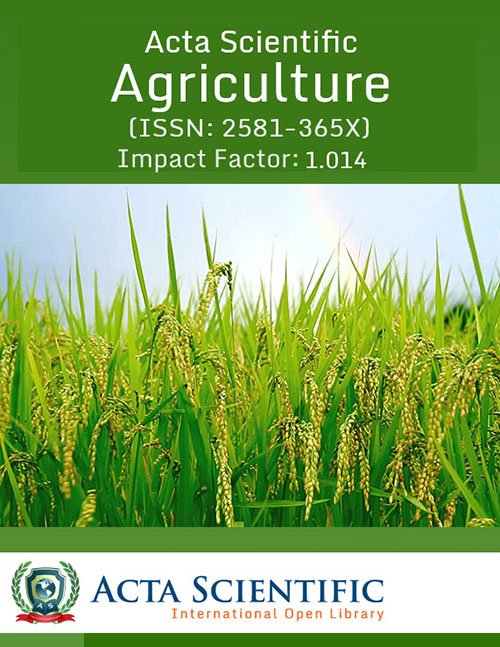


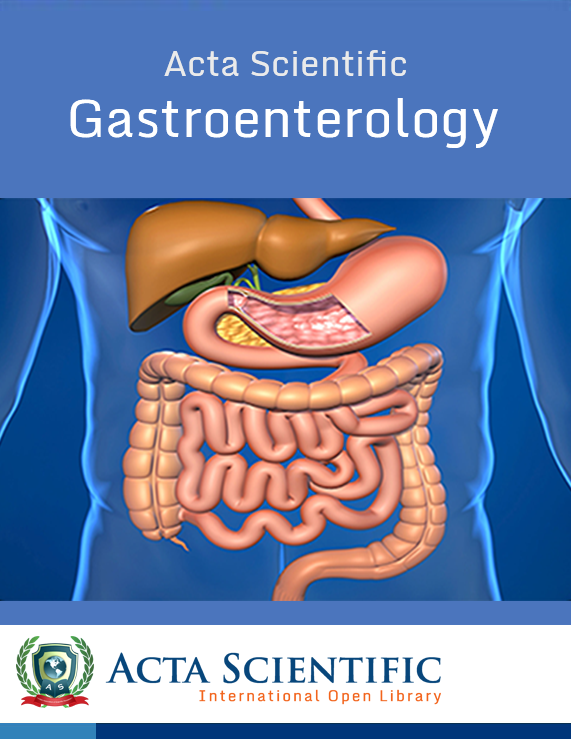
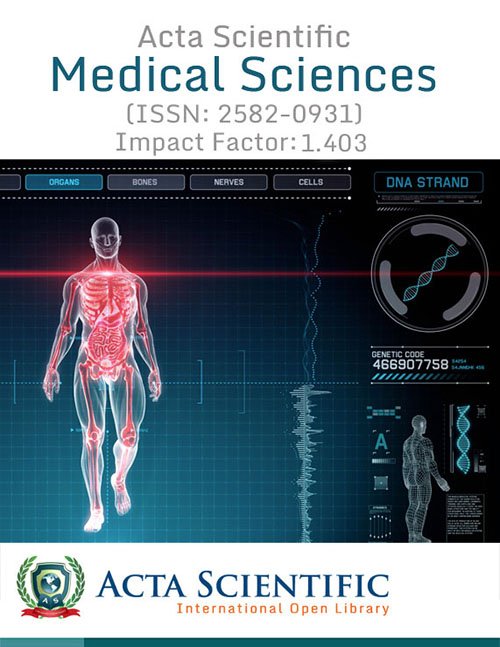


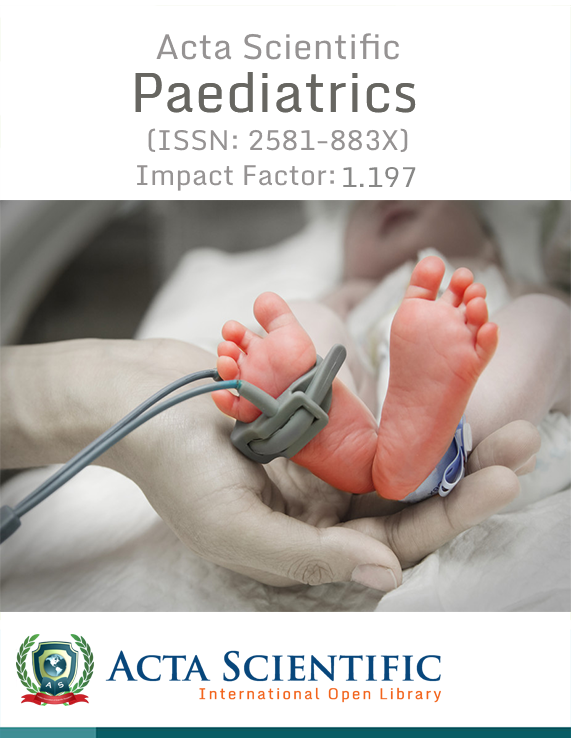
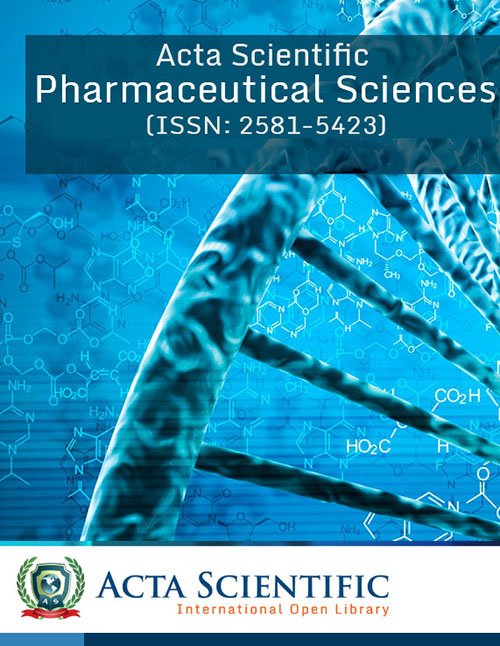









 +91 9182824667
+91 9182824667